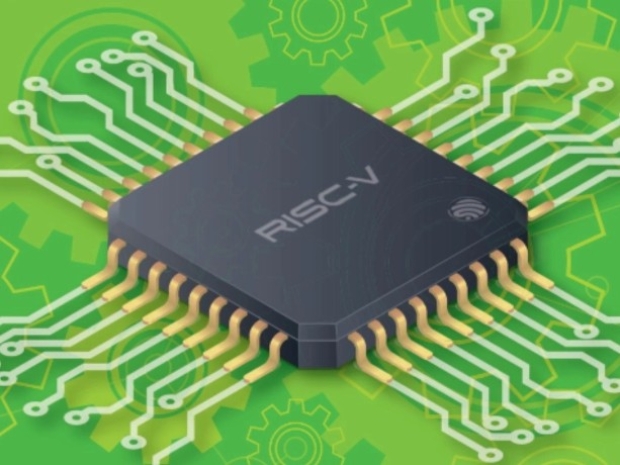Talking to Oregon Live the crew behind the Beaverton-based startup AheadComputing spent decades inside Intel's silicon manufacturing facility. Now they reckon they can outdo their former employer by betting on RISC-V, an open CPU architecture that skips the legacy baggage of x86.
Company chief executive and co-founder Debbie Marr said: “AheadComputing is doing the biggest, baddest CPU in the world. We see this opportunity and took our chances.”
While Job’s Mob and Google walk away from x86 in favour of in-house designs, AheadComputing thinks it can slide into the gap with its RISC-V-based monster. Unlike Intel’s bloated instruction sets, RISC-V chips focus on doing fewer things more efficiently.
The company’s 80 staff, most of them fellow Intel escapees, are building everything from scratch. They’re also gunning for the kind of work Chipzilla used to dream about before it bungled its foundry game. Its goal is to create chips for PCs, laptops and data centres.
Intel alumnus and co-founder Jonathan Pearce said the age of single-vendor dominance is fading. Systems are shifting to "chiplets" tailored for tasks. “You get the opportunity for a company like AheadComputing to provide that piece of the overall system,” Pearce said.
With $22 million in venture capital and chip-design deity Jim Keller on the board, the startup has industry watchers taking notice. RISC-V might not be ready for high-end AI just yet, but the gamble is that flexibility and openness win out over corporate sclerosis.
Professor at Portland State University Christof Teuscher said: “This is where the future is. It’s not about x86. It’s not traditional computer architecture. That’s pretty much a dead field.”
He added that RISC-V has roots in research and embedded systems, and he doubts it can take the AI and supercomputing crown.
“There’s high risk, but potentially high payoff. And that’s definitely what I would describe their approach,” Teuscher said.
Behind the scenes, the founders have gone from cutting-edge labs to DIY chaos. Alon Mahl, vice president of design verification, started by finding office space and setting up Wi-Fi.
“That’s what’s exciting, is that you’re not doing only one thing. You’re doing everything,” Mahl said.
AheadComputing says it’s already outgrown its Beaverton digs and is hunting for new space. Like its processors, the company is designed to be nimble, doing focused tasks fast and without the corporate molasses.
Co-founder and former Intel architect Mark Dechene said, “It’s very hard to disrupt an industry from inside.” He added that, unlike the glacial pace at Intel, the startup's team is shocked by how quickly they're delivering.
“With a small, focused team of very capable people, you can get stuff done incredibly fast,” Dechene said.

